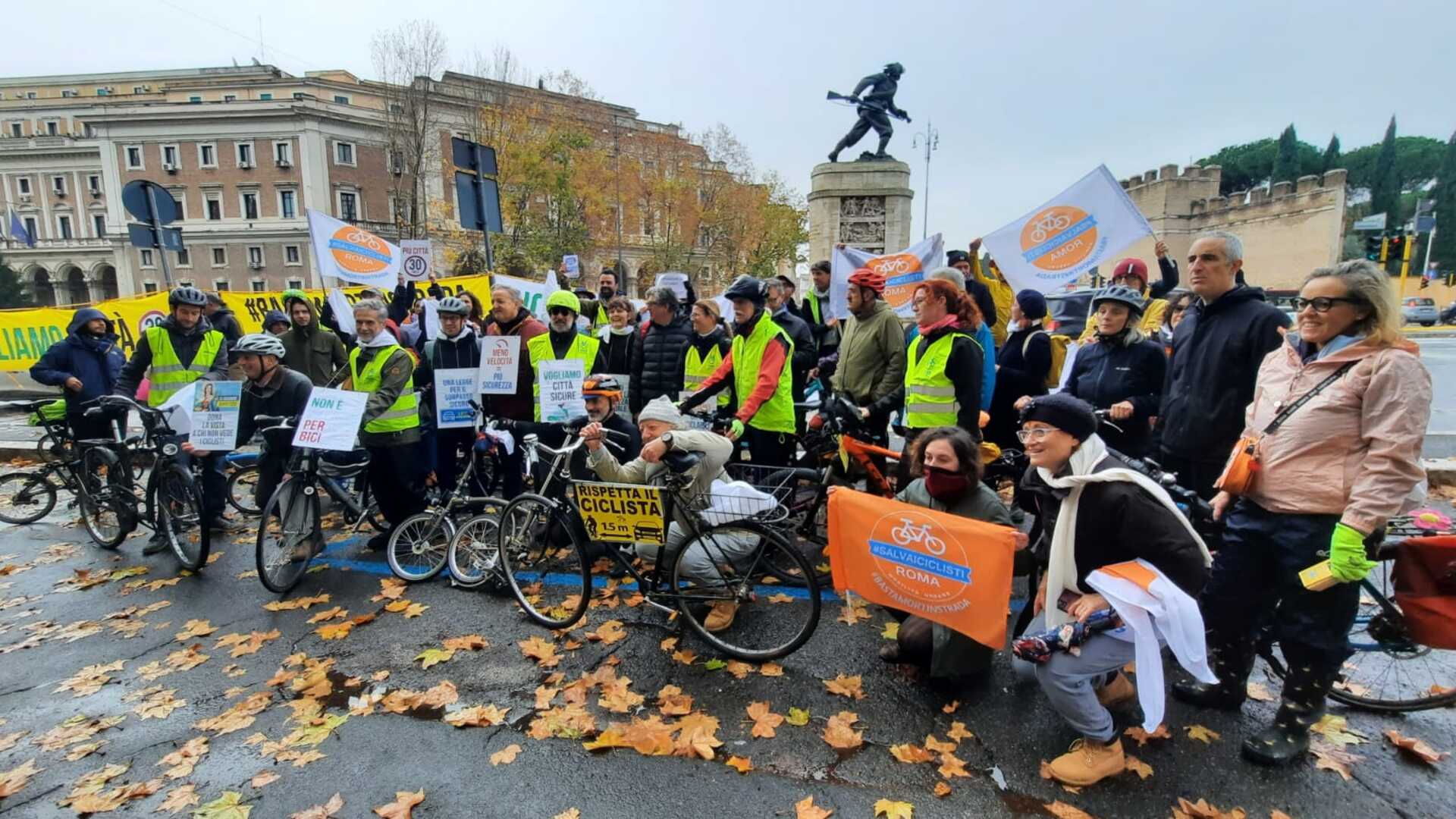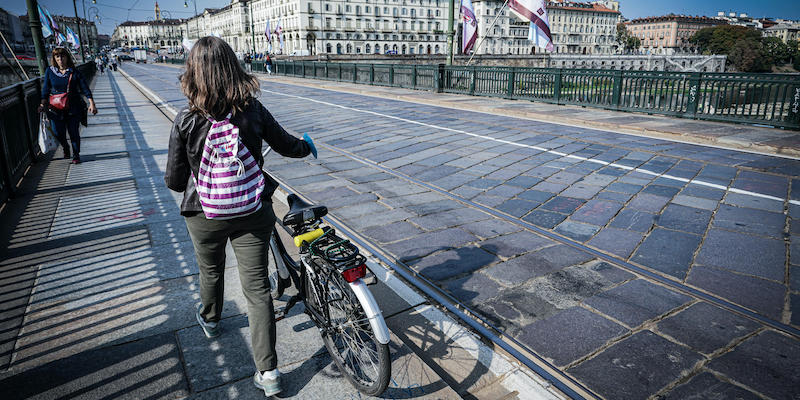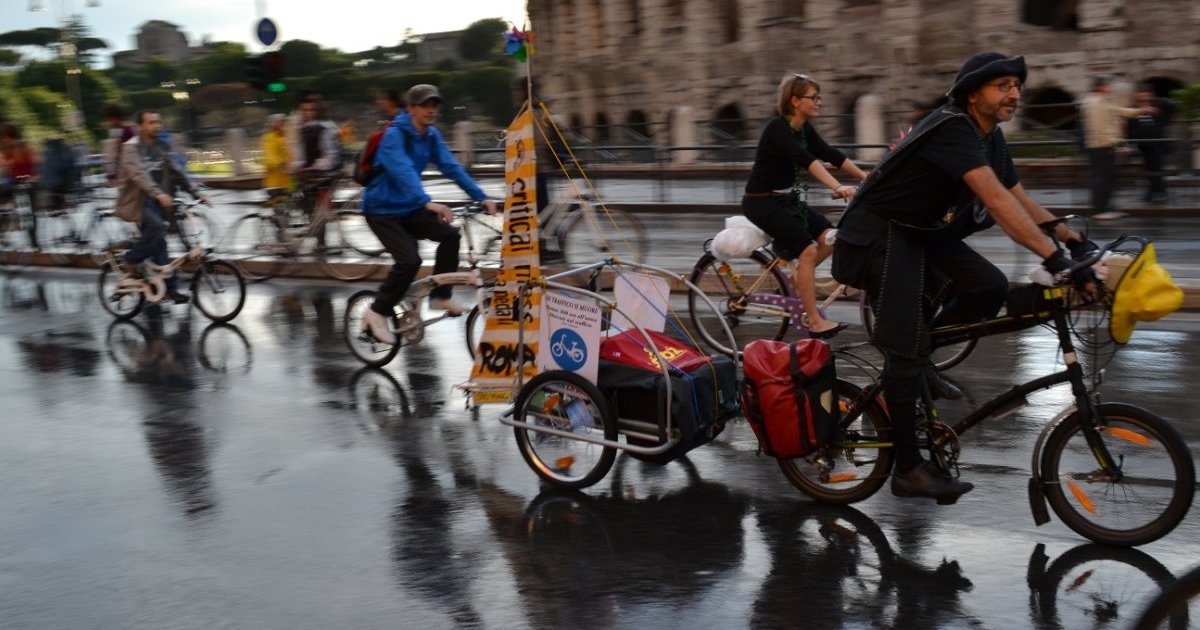Italy’s commitment to creating a greener environment is part of the National Recovery and Resilience Plan (NRRP). In order to cut carbon emissions, alternative ways of transport need to be provided in order to reduce the use of endothermic vehicles. Citizens will then be able to move via electric buses, tram, metro, or e-scooters, bikes and by foot. To do so, citizens need the proper environment where they can transit with safety.
That can happen in Milan, but it does not happen in other big Italian cities where city halls or regional departments do not invest in the construction of bike lanes, service of green mobility (such as bike or e-scooter rental), charging towers for electric vehicles, and so on.
But sustainable mobility can be a dangerous option in Italy. As reported by Il Post, from 2018 to 2021, an average of 217 people died each year in cycling accidents in Italy, according to data collected by the National Institute of Statistics (ISTAT). That’s more than one every two days. It is no news though, nor is the problem being properly tackled. And Italy had even worse numbers before the pandemic. Considering bikers alone, we can count more than 250 deaths on the road in 2019. And in 2021, 471 pedestrians, including dozens of children, lost their lives on the road.
There seems an unequal effort in reducing the chances of death on the road. In recent years, Italy has more than halved deaths and injuries for car drivers, while rates of fatalities for pedestrians and cyclists have barely budged.
The city of Milan, which already has a developed environment for sustainable mobility, has recently agreed to the “30 Cities” — those cities adopting a speed limit of 30 kilometers-per-hour on their streets. However, it is not enough. It must be accompanied by a series of other infrastructural interventions. Among the simplest are the insertion of speed bumps on the roadway, or other tools to make cars slow down. Also raised intersections, or traffic circles that replace them altogether, since intersections are statistically where most accidents occur.
More generally, however, the “City 30” or “Zone 30” initiative, when implemented in a single neighborhood, aims to rebalance public space by reducing the street space devoted to cars. It involves the inclusion of bike lanes and the widening of sidewalks to create livable spaces for people, with more trees and more benches.
Unfortunately, this kind of initiative (as with others on a smaller scale) rarely appeals to Italians. Living in a country that has little knowledge of the culture of sustainable mobility does not permit proper developments in greener mobility, nor safer roads for the people.
A positive example should be taken from foreign cities, coming from more eco-sensitive cultures such as Stockholm, which have pioneered sustainable (and smart) mobility. The aim for Stockholm is to be car free by 2040. An achievement that will likely be reached thanks to the urban design of the city (favorable to sustainable mobility) and the high level of public transport there.
Bicycles are considered a real mode of transportation, with intelligently designed bike lanes. A fact that should not be taken lightly is that 38 percent of road deaths in the EU occur in urban areas, and 70 percent of road fatalities are pedestrians and cyclists.





